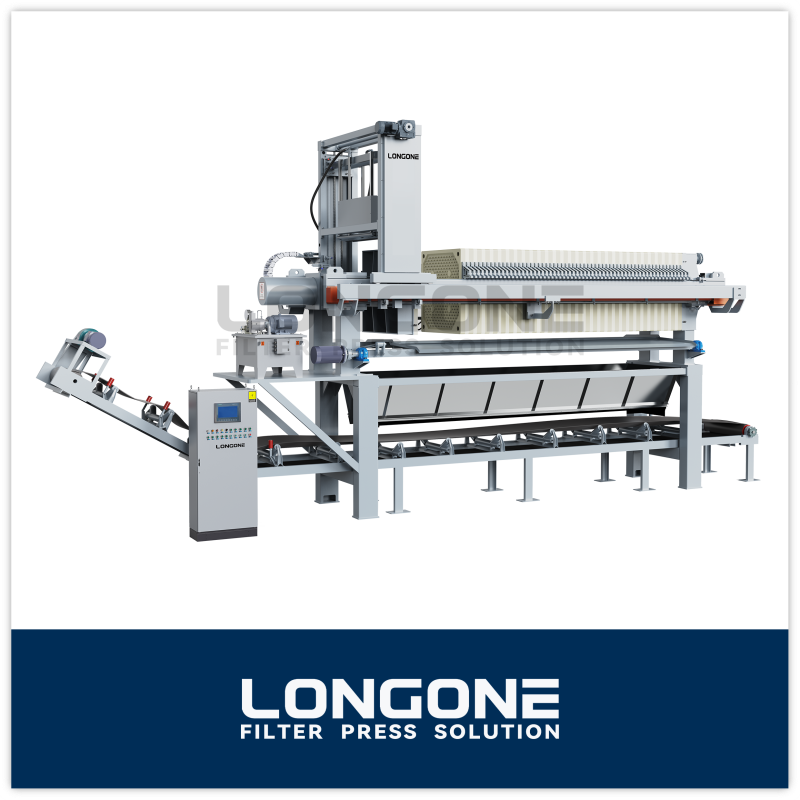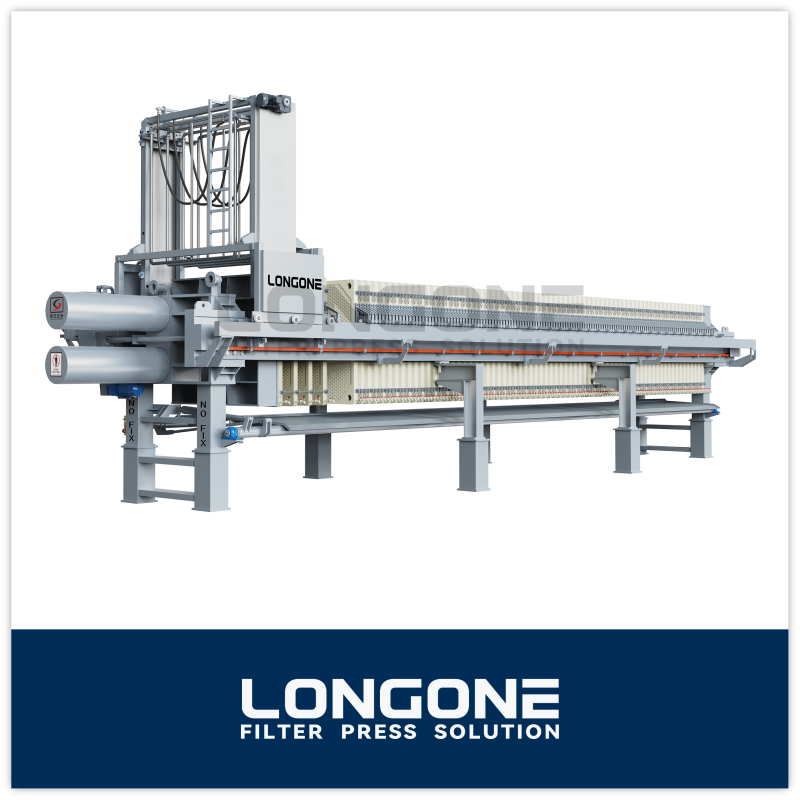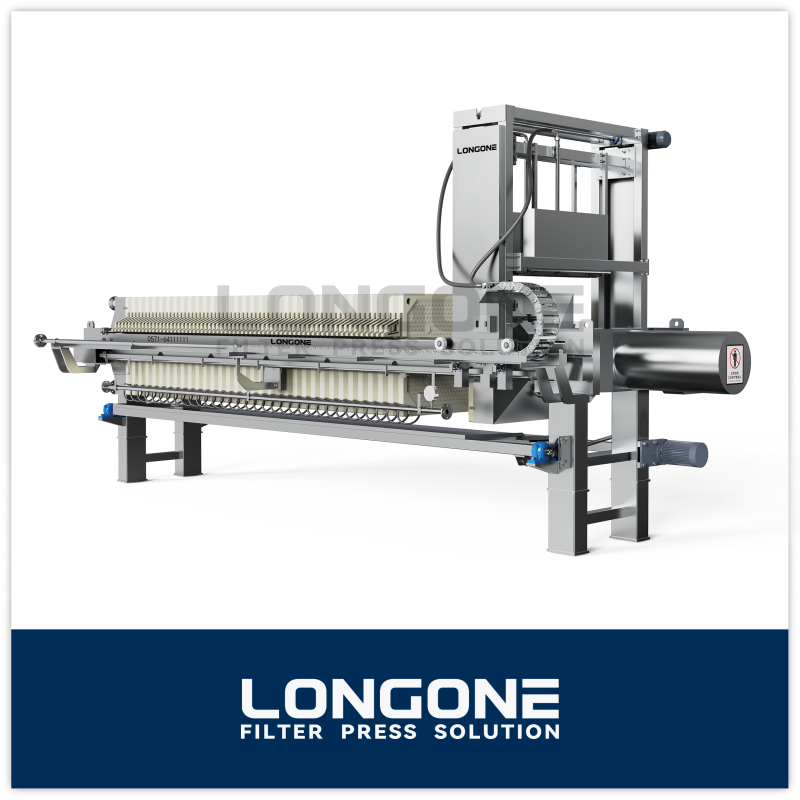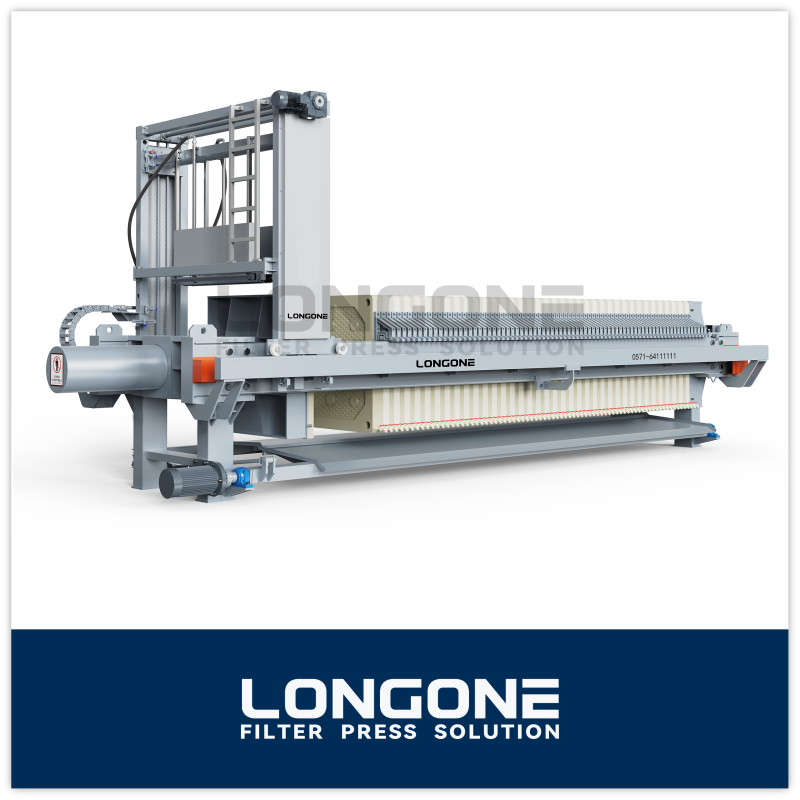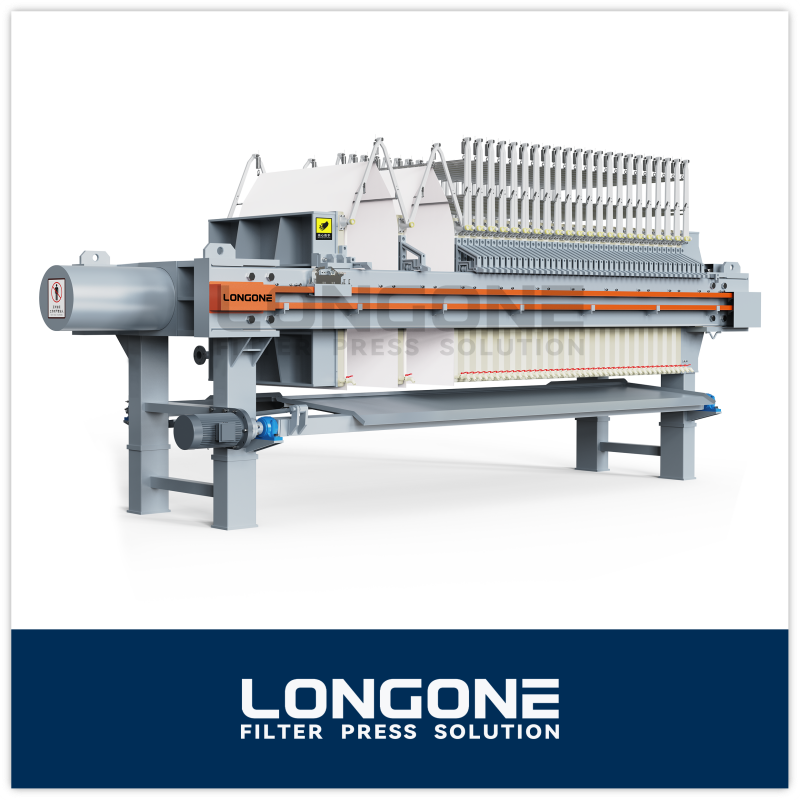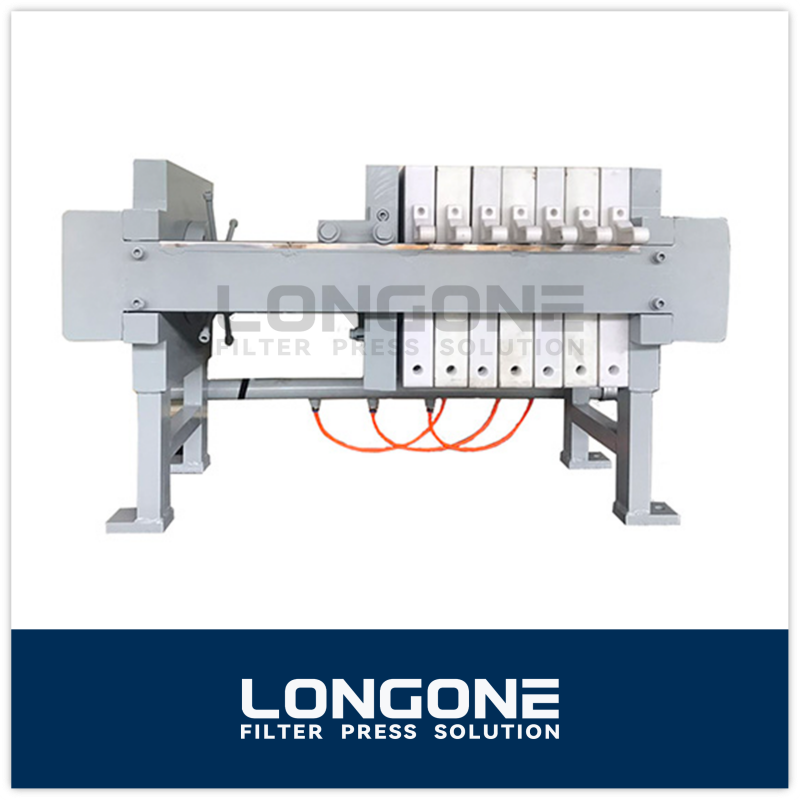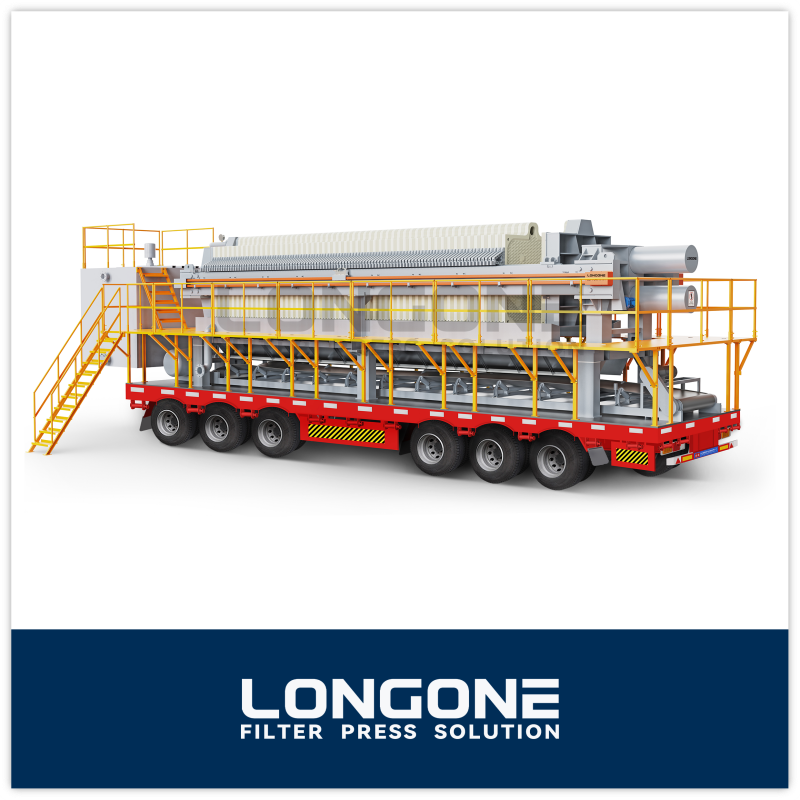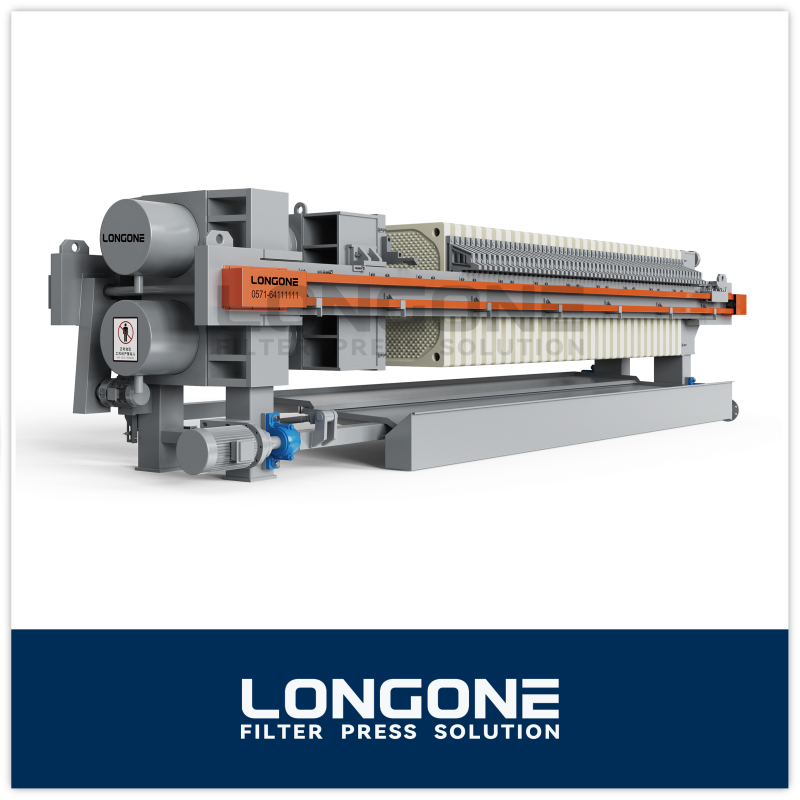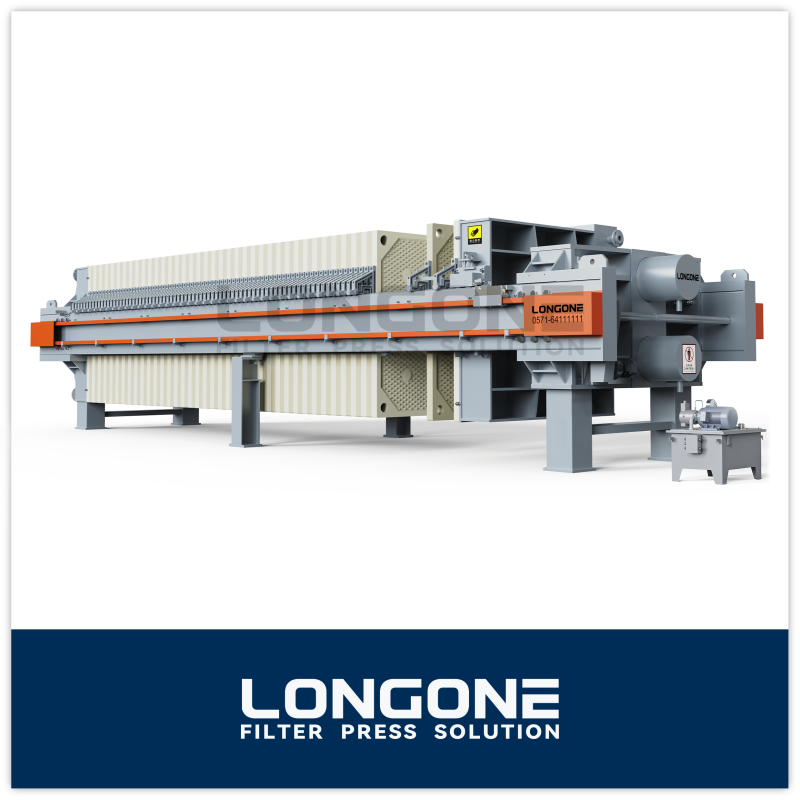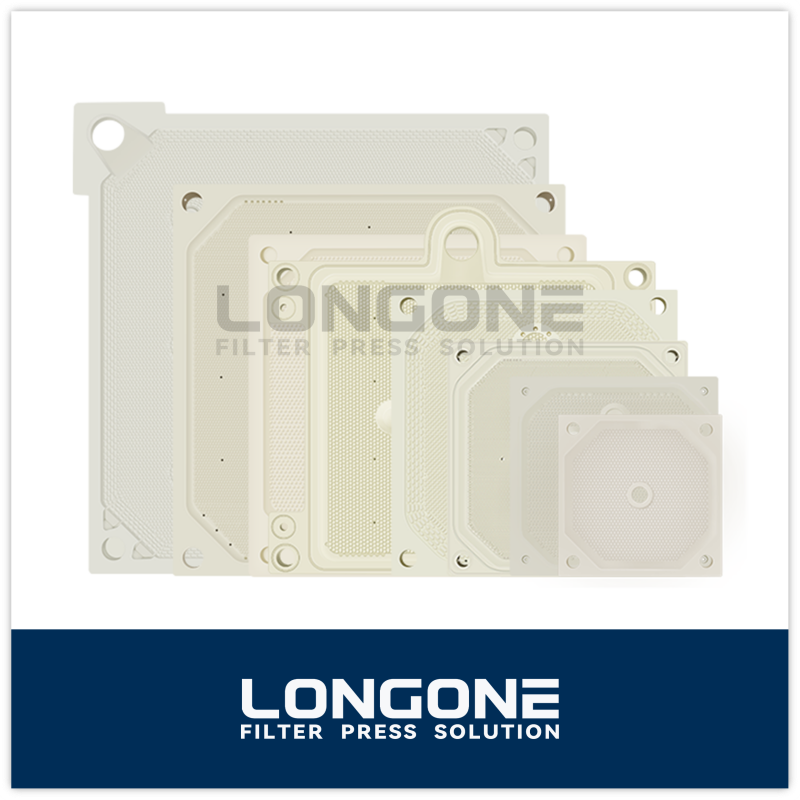The filter press stands as a cornerstone in industrial solid-liquid separation, providing a reliable and efficient solution for numerous applications. This filter press machine, designed with cutting-edge technology, is integral in transforming raw materials into valuable end products across various industries. Below is a comprehensive overview of the operational principles of a modern filter press system.
Core Components and Structure:
A typical filter press includes several essential components such as a feed pump, feed pipe, filter chamber, hydraulic system, plate-shifting mechanism, and liquid collection system. Constructed with durable materials like carbon steel, the filter press machine ensures longevity and resistance to wear and corrosion. The filter plates of the chamber filter press, made from high-pressure resistant material, play a crucial role in the separation process, acting as the backbone of the filtration cycle.
Operational Principles of a Filter Press Machine:
The operational cycle of a chamber filter press involves five primary stages:
1. Feed Stage
The process begins with the introduction of feed material, generally in the form of slurry or suspension, into the feed pipe. The feed pump then pushes the slurry into the filter chamber, where it evenly spreads across the filter cloth lining the filter plates.
2. Pressure Filtration
Once the slurry enters the chamber, the hydraulic system activates, applying pressure to the filter plates. This pressure, which can be mechanical, hydraulic, or pneumatic, depending on the sludge press machine's configuration, compresses the solid particles. These particles then form a dense filter cake on the filter cloth. Meanwhile, the liquid component passes through the filter cloth and is collected in the liquid collection system.
3. Solid-Liquid Separation
As filtration continues, solid particles accumulate on the filter cloth, gradually forming a filter cake. The liquid, now separated from the solids, flows through the cloth into the collection system, ready for further processing or disposal. This stage is crucial for effective solid-liquid separation, particularly in applications like sludge filter presses, where efficiency is paramount.
4. Washing and Dewatering
In some cases, a washing cycle follows the formation of the filter cake to remove residual liquid or impurities, improving the quality of the final product. Additionally, further pressure can be applied to dewater the filter cake, extracting additional moisture and leaving behind a drier, more concentrated solid product. This is particularly beneficial in sludge press machine where moisture content significantly impacts disposal costs and product handling.
5. Discharge and Preparation for the Next Cycle
After the filter cake is formed and processed, the filter plates are separated, and the filter cake is discharged, either manually or automatically. Once the cake is removed, the sludge press machine is cleaned, and the filter cloth is maintained or replaced as needed, preparing the filter press for the next cycle.
Advantages of Modern Filter Press Systems:
Filter presses offer several significant benefits over traditional separation techniques:
High Efficiency: Even pressure distribution through the hydraulic system ensures faster filtration rates and higher recovery of solids.
Durability: Constructed with high-quality materials, filter presses are designed for long-term use with minimal maintenance requirements.
Versatility: Suitable for a wide range of industries, including chemical processing, food production, mining, and wastewater treatment.
Automation: Many models come with advanced automation features, reducing labor requirements and enhancing operational safety.
Environmental Impact: Efficient solid-liquid separation minimizes waste generation, contributing to more sustainable industrial practices.
In conclusion, the filter press machine is a key asset in industries that require effective filtration solutions. Its robust design, efficient operational principles, and adaptability make it an indispensable tool for achieving superior results in solid-liquid separation.


